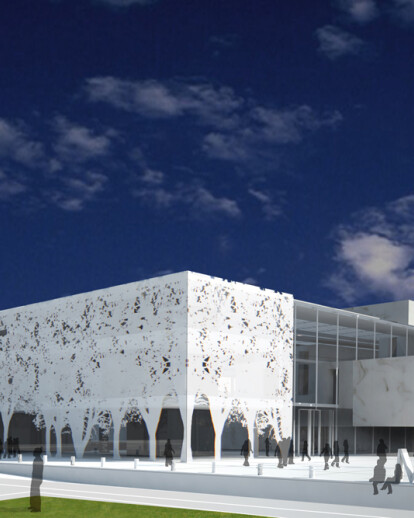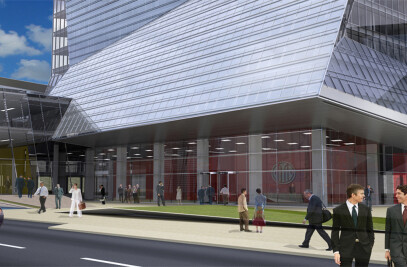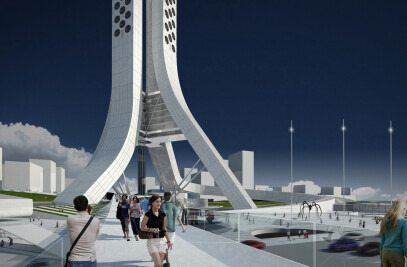Introduction The challenge of creating a new Museum of Polish History today involves considering the historical relationship between a National identity, collective memory and a culture’s traditions within a modern global context. The design of the museum and the crafting of a user experience that communicates an essential spirit of Polish Identity and is also meaningful to visitors from around the world represent a universal challenge of our time. We believe the solution lies within the power of history to illuminate, teach and improve relationships through the celebration of ideas and human aspirations. The collective memory of a Nation is quite often defined by those memories enshrined in national monuments and in particular, those not publically memorialized. The idea of a “collected memory”, one that is inherently fragmented and individual in character in relation to “collective psychology” that represents a group’s common ideas and aspirations is the starting point for our design.
Design Concept For the proposed museum building, we have taken a bold step and inverted the typical exhibition space typology. The full exhibit gallery program is conceived as ten, 3-dimensional monolithic objects, a dramatic departure from the gallery defined exclusively as an interior space. Exposing the galleries to be viewed in the round, in space, adds a critical scale dimension to the program, one that is not typically legible in the museum experience. The galleries are given an impressive solidity and monumental scale, and yet many are floating in space- held up on virtual pedestals. It is the complexity of this dual expression of monumentality and lightness which defines the contradiction within the individual museum experience, celebration, judgment and the rejection of sentimentality. The ten gallery objects are juxtaposed to each other both vertically and horizontally to create a 3-dimensional cubic composition within and through a linear circulation volume. The objects are then push-in and pulled-out like drawers to create a series of interior voids and dramatic interstitial spaces.
The six exterior surfaces of the gallery objects, sides, top and underside provide multiple canvases for nonconventional exhibition use. Also, in this configuration, the in between, or accidental spaces can become important opportunities for surprise temporary exhibits and mobile museum events and program space.
The ten boxes contain the five chronological divisions for the permanent exhibit program, the two temporary exhibition spaces, and the exhibition related educational zones. The free composition of the gallery boxes does not determine a particular distribution of the permanent galleries; but provides a flexible environment for multiple interpretations of how the galleries can be allocated and the relationships between them. The temporary exhibition space is located in two of the upper gallery boxes clustered together to provide a multi-height venue for temporary exhibits when required. The “high” temporary gallery is a 12m tall box which projects out of the eastern façade and through the roof structure to form a dramatic tower-like element suspended within the museum.

































